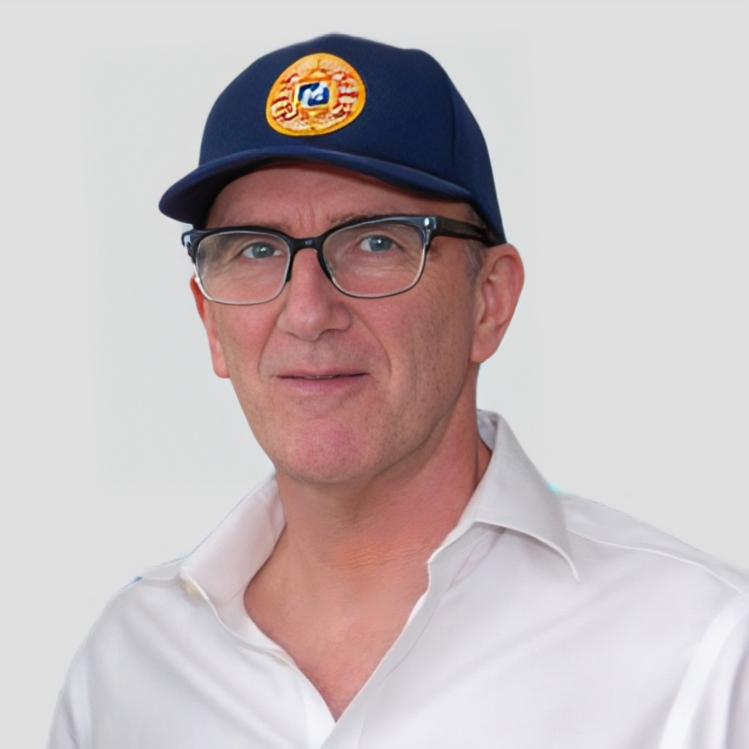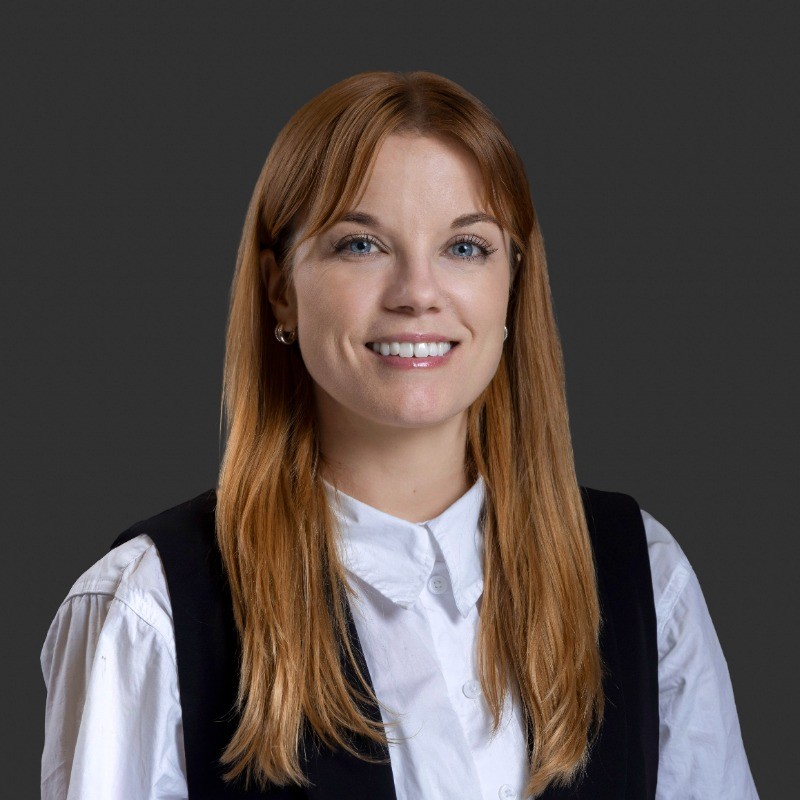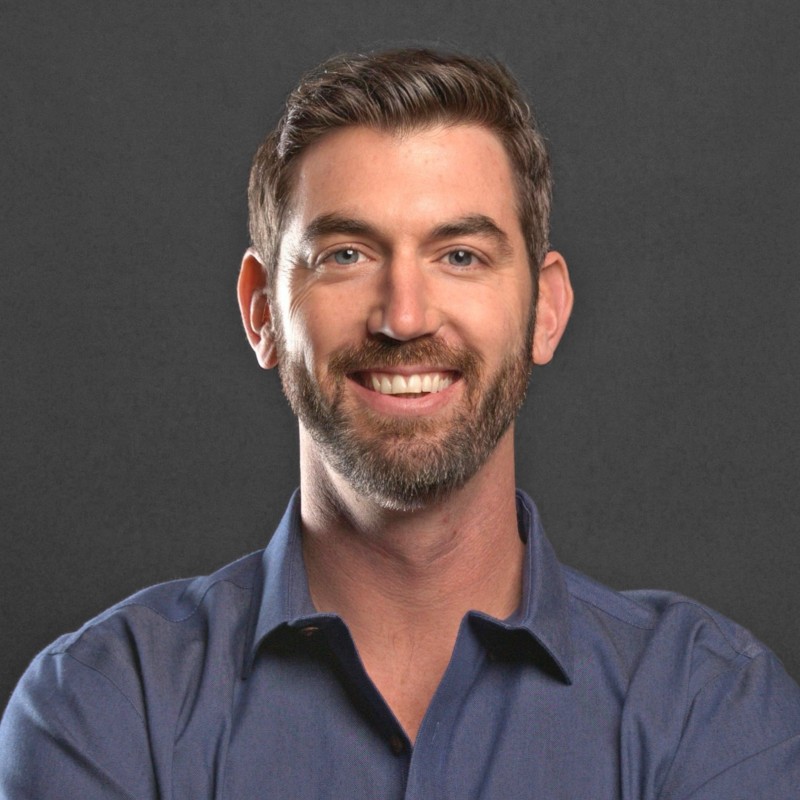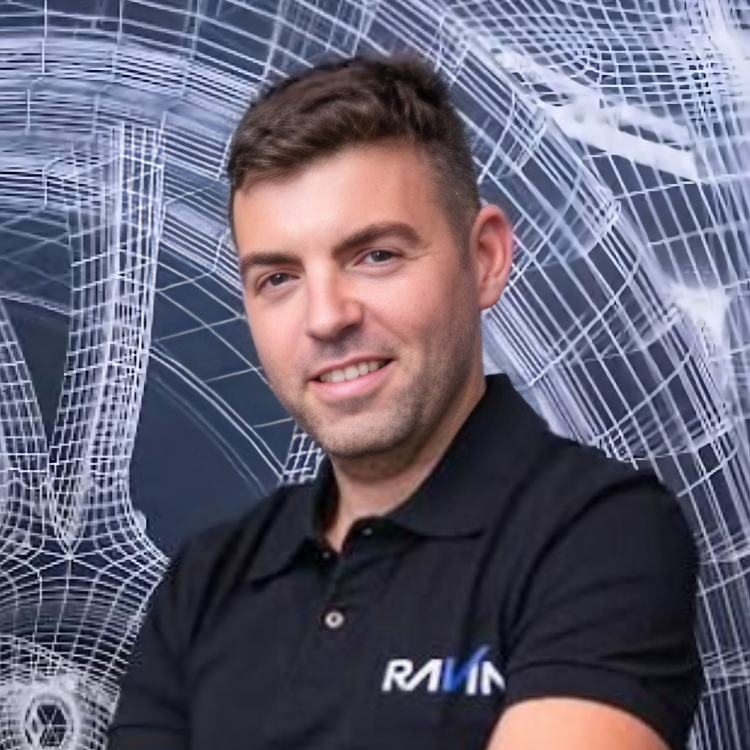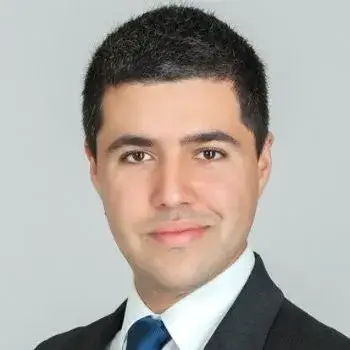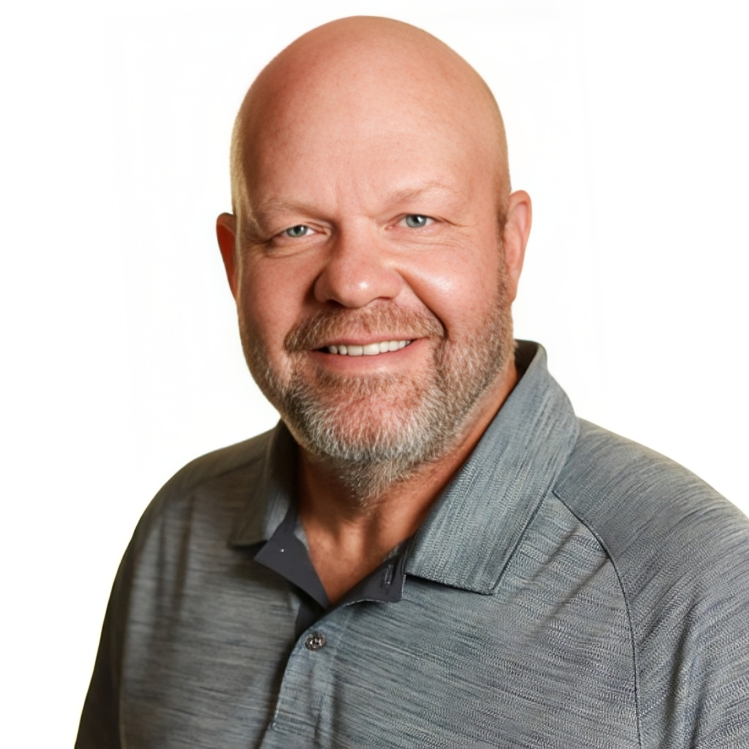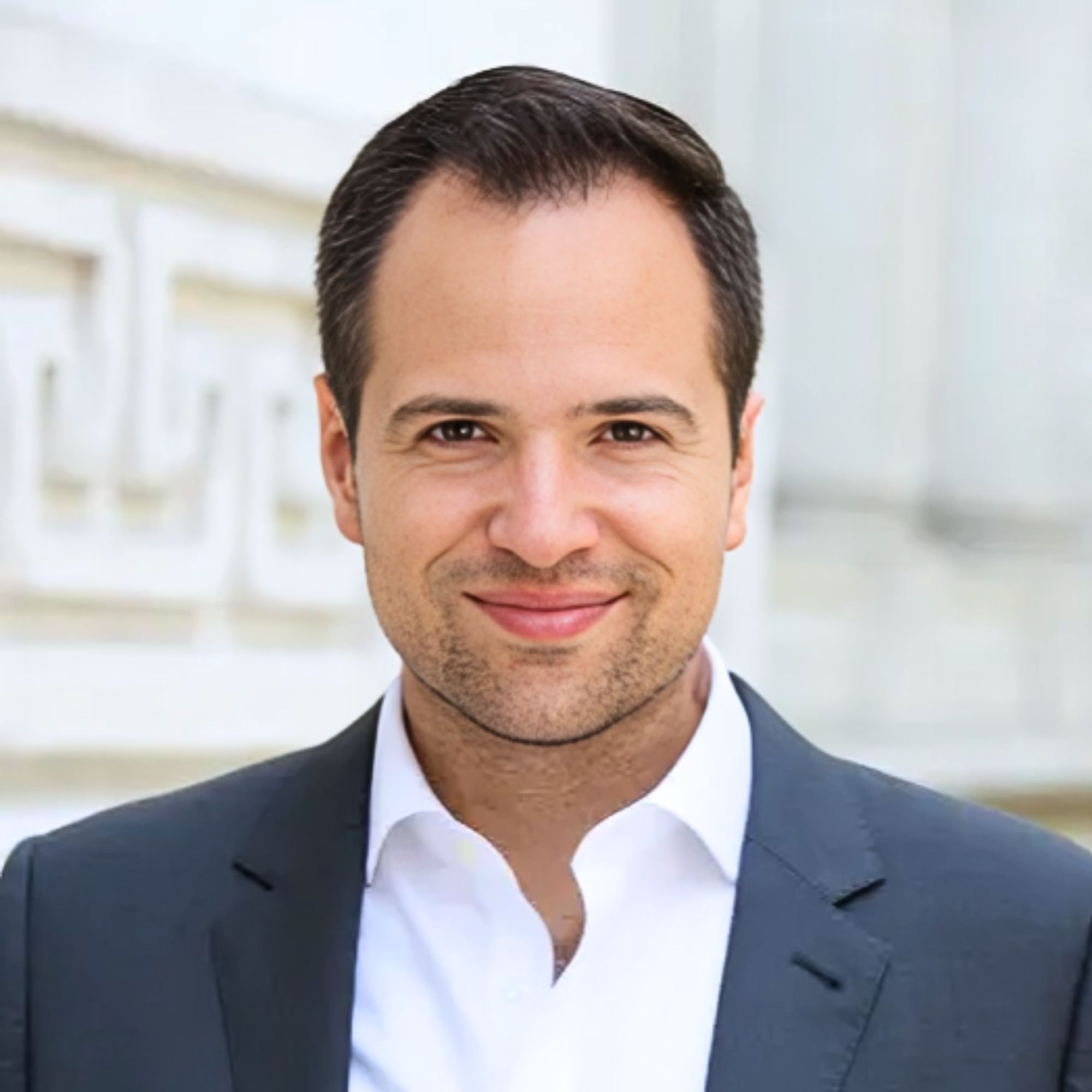Ready to build your own Founder-Led Growth engine? Book a Strategy Call
Frontlines.io | Where B2B Founders Talk GTM.
Strategic Communications Advisory For Visionary Founders
Actionable
Takeaways
Embrace AI to Enhance, Not Replace, Human Roles:
Instead of aiming to fully automate jobs, focus on using AI to enhance the efficiency and decision-making capabilities of your team. Reserv uses AI to reduce data entry and administrative work for claims adjusters, allowing them to focus on more complex tasks that require empathy and expertise. This balanced approach can create a more effective team without alienating critical roles.
Leverage Modern SaaS Platforms to Scale Faster:
By adopting modern SaaS tools early, Reserv was able to process claims just five months after founding. Startups can accelerate time to market by utilizing existing platforms like HR systems, communication tools, and specialized software to focus on building core value rather than infrastructure.
Target Product Market Fit by Reimagining Legacy Categories:
Instead of creating entirely new markets, Reserv reimagined a traditional space—claims processing—by offering a tech-enabled solution to existing problems. Founders can find quick product-market fit by addressing known challenges in established industries with modern solutions.
Focus on Data-Driven Insights for Competitive Advantage:
Reserv's ability to provide deep insights into the causes of claims (e.g., the environmental conditions behind a water damage claim) sets them apart. B2B founders should consider how their products can offer actionable intelligence that goes beyond basic functionality, helping customers make better business decisions.
Founding Through Venture Incubation:
The incubator model can provide a strong foundation for startups by combining capital with deep industry expertise. Reserv’s partnership with Bain Capital Ventures and Altai Ventures provided early validation and industry credibility, enabling rapid growth. Founders should consider incubators or venture studios for industry-specific support and strategic alignment.
Conversation
Highlights
From Self-Service to Enterprise: How Reserv Navigated a Multi-Year Brand Evolution
In a recent episode of Category Visionaries, Martha Dreiling, Co-Founder & President of Reserv, shared the complex journey of transforming a digital experience platform from a self-service product into an enterprise solution—and the painful brand lessons learned along the way.
The Self-Service Gamble That Didn’t Pay Off
Reserv’s journey into self-service began with what seemed like a compelling opportunity. As Martha explains, “We had this really interesting self-service product that allowed, you know, small businesses or small teams within large businesses to spin up websites really quickly. And the thesis was that that would be a way to get into enterprise accounts.”
The strategy was classic product-led growth: start small, prove value, then expand. But the reality proved far more complicated. “It was really easy for them to spin up a site and then not ever talk to us again,” Martha admits. The friction-free onboarding that made the product attractive also meant minimal customer engagement and virtually no path to expansion.
The economics told a brutal story. With an average contract value hovering around $4,000 annually and churn approaching 50%, the math simply didn’t work. “You’re never going to make enough money off of those customers to recoup your cost of acquisition,” Martha notes. The team had built something customers wanted, but not something that could sustain a business.
The Brand Identity Crisis
Perhaps more damaging than the economics was what the self-service product did to Reserv’s brand positioning. The company had spent years building credibility as an enterprise digital experience platform, serving major government agencies and large corporations. The self-service pivot muddied that message entirely.
“We were getting inquiries from people who wanted to use the self-service product and thought that was what Reserv was,” Martha recalls. “And so when they came inbound and we’re like, oh, you know, average deal size is 250k a year, they were like, what? No, we were going to spend $99 a month.”
The confusion extended beyond prospects to the market at large. Industry analysts who had previously understood Reserv’s enterprise positioning now struggled to categorize the company. “What are you? Are you WordPress? Are you, you know, Contentful? Are you Sitecore? Like, who are you?” Martha recounts analysts asking.
The Painful Pivot Back to Enterprise
The decision to shut down the self-service product and refocus entirely on enterprise came in late 2023. But acknowledging the strategic mistake was just the beginning. The real work was rebuilding a brand that had been significantly damaged.
“We basically had to start from zero,” Martha explains. “We didn’t have any demand gen engine. We didn’t have any of the like basics in place.”
The rebuild required going back to fundamentals. The team conducted extensive customer research, analyzing everything from historical deals to customer feedback. “We pulled every single piece of research we’d done in the last three years and sort of created a synthesis of like, who are our customers and what are they looking for?” Martha says.
What emerged was a clearer picture of Reserv’s actual market position. Their customers weren’t looking for the cheapest or easiest solution—they were dealing with complex, high-stakes digital experiences where failure had real consequences. “These are people who have been burned in the past by technology,” Martha notes. “They’ve made decisions that haven’t worked out. They’re super anxious about making the wrong decision again.”
Rebuilding Marketing from the Ground Up
With a clearer understanding of their audience, Reserv embarked on a comprehensive marketing overhaul. The first priority was getting the foundational elements right—something that had been neglected during the self-service era.
“Month one was making sure we had basics,” Martha recalls. “Making sure our SEO was good, making sure our, you know, PPC was in place, making sure we had like an outbound program.”
But beyond tactics, the team needed to rebuild the brand narrative itself. They moved away from generic positioning about being an “all-in-one” platform—messaging that Martha admits “doesn’t mean anything”—toward something more specific and compelling.
The new positioning centers on Reserv as a platform for organizations with complex digital experience needs. “We’re really focused on complex digital experiences for organizations that have a lot of sites or really complicated sites,” Martha explains. This clarity allows them to speak directly to their ideal customers while naturally filtering out poor fits.
The Content Strategy Shift
One of the most significant changes came in how Reserv approaches content. Rather than trying to compete on generic topics where they had no differentiation, they focused on sharing genuine expertise from their 25 years in the market.
“I was like, we have so much interesting stuff to say. We’ve been in this market for 25 years. We should really focus on high quality thought leadership,” Martha says. This meant moving away from formulaic blog posts toward content that reflected real experience and insight.
The shift required building new capabilities. “I hired a content strategist who was a journalist,” Martha explains. “Her whole background is in journalism. And she knows how to ask really good questions and how to pull out interesting stories from people.”
This investment in quality over quantity represented a fundamental change in philosophy. Rather than churning out content to hit arbitrary publication schedules, Reserv focused on producing fewer, more substantial pieces that actually demonstrated their expertise.
Lessons for B2B Marketers
Martha’s experience offers several crucial lessons for B2B companies navigating brand positioning challenges. First, product-led growth isn’t a universal solution. “You really need a product that has that viral loop,” she emphasizes. Without natural expansion mechanisms or compelling reasons for sustained engagement, self-service models struggle regardless of how easy the onboarding is.
Second, brand clarity matters more than most founders realize. “You can’t be all things to all people,” Martha states bluntly. The attempt to serve both self-service and enterprise customers didn’t create optionality—it created confusion that damaged Reserv’s ability to compete in either market.
Finally, rebuilding a damaged brand takes time and patience. “You have to be just so buttoned up and really smart about how you spend your money and like what you say no to,” Martha advises. There’s no shortcut to doing the foundational work of understanding your audience, clarifying your positioning, and consistently executing against that strategy.
Moving Forward
Today, Reserv is rebuilding momentum with a clear enterprise focus and a marketing strategy aligned to that reality. While Martha acknowledges the journey has been challenging, the clarity gained from the experience has positioned the company for more sustainable growth.
For other B2B marketers facing similar pivots, her advice is direct: “Don’t be afraid to make hard decisions quickly. The longer you wait, the more brand damage you do, and the harder the recovery becomes.”

